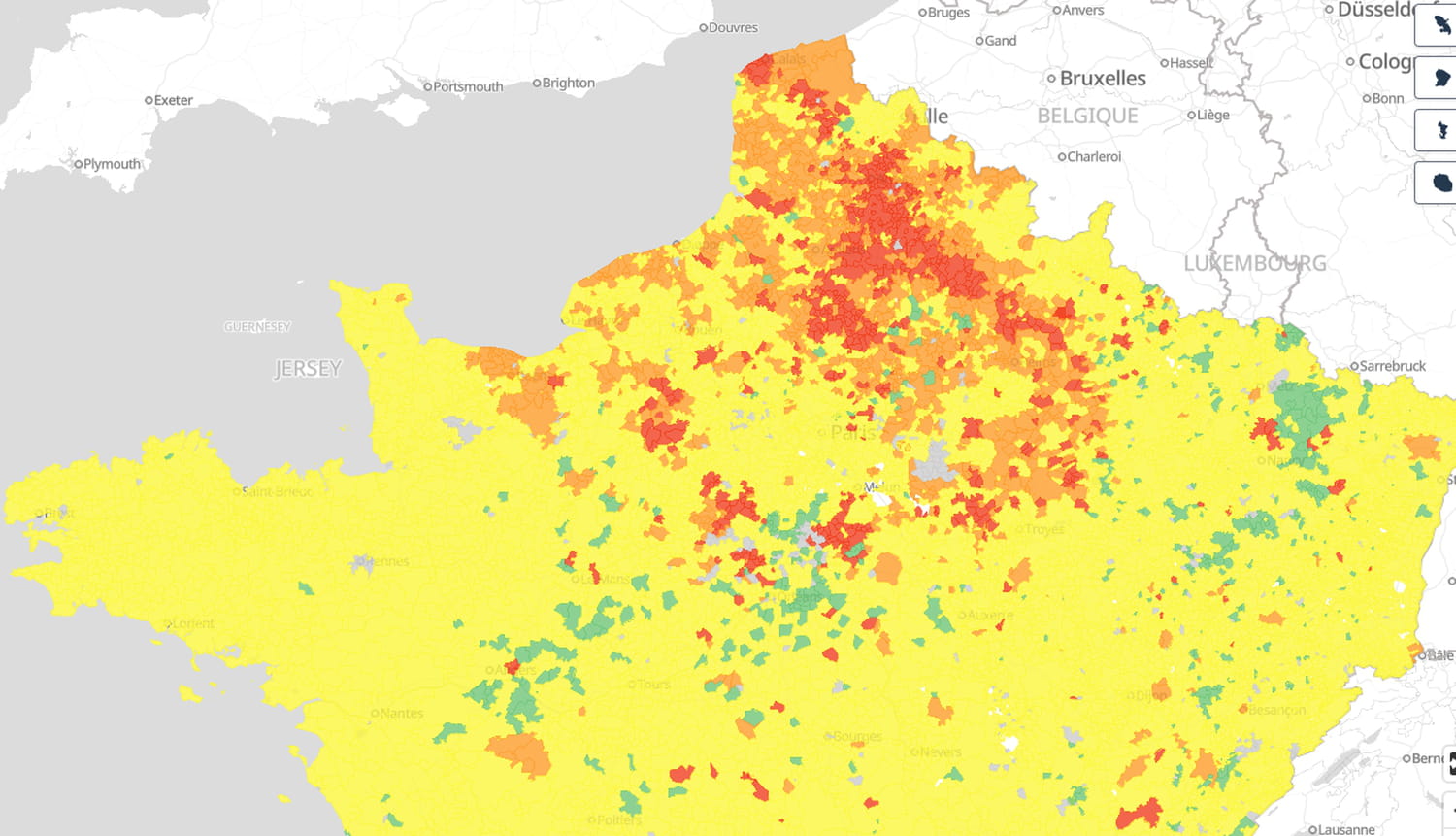There is a milestone that many brides and grooms cross backwards. A pivotal stage, which statistics point to as a turning point in married life. At this precise moment, alliances resist… or shatter.
The marriage withstood the first tensions, the snags of daily life, the weight of family organization. He went through the aftermath of the wedding, the compromises on the distribution of tasks, the post-honeymoon adjustments. But despite all these efforts, there would be a critical date in the marital chronology. A very specific moment when breakup statistics skyrocket.
It was not the engagement that was taken lightly, nor the rushed ceremony. It’s not the lack of commitment. The problem, according to several researchers, is the lack of tools to deal with the wear and tear of the marital bond. It is not love that disappears, but the ability to maintain the strength of the marriage, to carry out small repairs before the building collapses. “Many couples are emotionally intelligent, but don’t know how to stop the spiral once it starts,” explains psychologist Laura Berman, in the podcast Getting Open.
A wedding can begin under the most beautiful auspices: a ceremony full of emotion, a successful reception, an unforgettable honeymoon. The complicity seems natural, the exchanges are warm and there is tenderness. Then one day, without much fanfare, the atmosphere changes and silence sets in along with indifference. The danger, according to Laura Berman, is to let this distance widen without any intervention. Things left unsaid accumulate, the libido fades, and the marriage, once joyfully celebrated, slowly slides into a meaningless routine. Some go to find breathing space elsewhere, others stay, but slowly fade away inside. Intimacy is disintegrating. And once it has evaporated, it is extremely difficult to rebuild it.
What saves a union is not the memory of D-Day, but everyday actions. Reviving the bond happens through the body – a laid hand, a free hug – but also through listening, conversations and moments reserved for two. Couples who go through the years without losing their connection are often those who remain vigilant at the slightest tremor, who do not let weariness take over everything. Because this weariness can easily resurface at two key stages in the life of marriage. The first occurs in the very first years following marriage. Those who follow the party, the sugared almonds, the emotional speeches. When the dress is put away, the invitations have been archived, and cohabitation reveals what the wedding preparations had hidden. Many young spouses then discover the difficulty of combining the marital dream with the reality of everyday life. Some move away, others betray.
But the strongest peak of separations occurs a little later, between the fifth and eighth years of marriage. A period well known to marriage therapists. The children, when there are any, have grown up. The nights are shorter, the schedules less tight. The wedding anniversaries pile up, but sometimes something falls apart. We find ourselves together again, and the question emerges: does this life still suit me? Do I feel seen, loved, chosen like the first day?
This passage can capsize even the strongest unions. But if both spouses answer “yes” to these questions, then the nuptials can last well beyond the decade. Another possibility: celebrate your next wedding anniversary by organizing a weekend or a short trip for two to get together better… You still have to get through this milestone without being wrecked.









